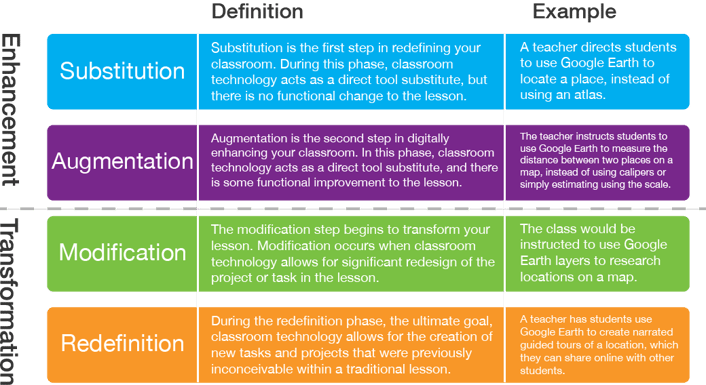
You may remember this controversial line from the 2008 Presidential campaign: “You can put lipstick on a pig, but it is still a pig.” While the phrase ruffled some feathers during the campaign, it’s an idea that’s useful in classrooms today: Even if it’s displayed on a projector, a worksheet is still a worksheet.
Too often I walk into a classroom and see a worksheet on the front-of-the-room display. Sometimes the worksheet comes from a textbook series and the digital options offered there. Nevertheless, it’s still a worksheet.
This isn’t to say that worksheets are the worst teaching tool ever in education. They do have their place, and many textbook companies train teachers to rely on them. But this “fidelity” to the textbook series can be a real challenge for teachers. Teachers often have to balance between using purchased curriculum and teaching in a deeper way. But, as Dr. Marcia Tate tells us in her book, Worksheets Don’t Grow Dendrites, most teachers know deep down what is best for their students.
Is Technology the Answer?
We’re always hearing how technology continues to revolutionize education in classrooms around the country. From coast to coast, large financial investments are being made in technology purchases. Some teachers get fantastic new tools, but they don’t always get the training or guidance to use them in ways that will meet students’ needs. There are ways to help this process and make smarter purchasing decisions, but part of the solution lies in implementation.
As Jim Collins discusses in Good to Great, technology is an accelerator. It can accelerate an organization either upwards to excellence or downwards toward low achievement. Technology isn’t the answer to the problem, but it can accelerate the solution (or lack thereof).
SAMR: A Model for Success
There is a framework for structuring success with higher levels of technology integration and student learning. Called the SAMR model, it aligns well with Bloom’s Taxonomy – which is something any teacher will be able to understand! Kathy Schrock gives a great explanation and list of resources on her page, but for our purposes, I will just quickly summarize the model.
Substitution - Using technology to substitute for something else without a functional change in the learning. This is putting a worksheet on the projector. There are other examples of this, of course, but let’s focus on the next three levels of the model.
Augmentation - Using technology as a substitute, but functionally improving on the learning. This means the students are reaching higher levels of thinking and learning as a direct result of the technology being used. Some examples are students using a Show-Me presentation to apply and explain their learning, instead of just entering the answers into a fill-in-the-blank worksheet. The technology helps to accelerate the learning to an extent, but it is still application level on Bloom’s taxonomy.
Modification - When technology allows for “significant task redesign.” So what does that really look like? Students could create an iMovie about a moment in history. The teacher could provide support with some sources, clips, etc., but the technology allows students to modify the learning to make it their own. They make decisions about content and substance as they create it. Students are analyzing the content that is selected and the structure of the final product.
Redefinition - When teachers think of technology as redefinition, they should think about the creating level of Bloom’s taxonomy. Technology is used to create something new and different that hasn’t been created before. Think of the iMovie example just mentioned. Instead of just mirroring something that is known, the students create a video that tells a fictional story about a ghost haunting the school, or that describes a method of solving a math problem that wasn’t in the book.

Redefinition is the highest level of learning – and the type of learning we want to see most often in our classrooms. It obviously doesn’t happen overnight with students or with teachers. There is a competency that the students need to have to operate iMovie efficiently. Students also need to be taught background knowledge and skills so that the content has some relevance to them. And the professional development required to support the students is also another key to success.
The Language of SAMR Can Aid Technology Integration
While the SAMR framework doesn’t solve any problems, it does give teachers and principals the language to use when discussing technology integration. Teachers can reflect on the level that they are reaching, both when they use technology and when they don’t. The use of technology should aid and support (i.e., accelerate) students as they reach toward higher levels of thinking. When this happens, the financial investment is invaluable and long lasting.
Want more information on how technology can enable true learning in the classroom? Check out this webinar.>>
Listen to Our Webinar NOW


